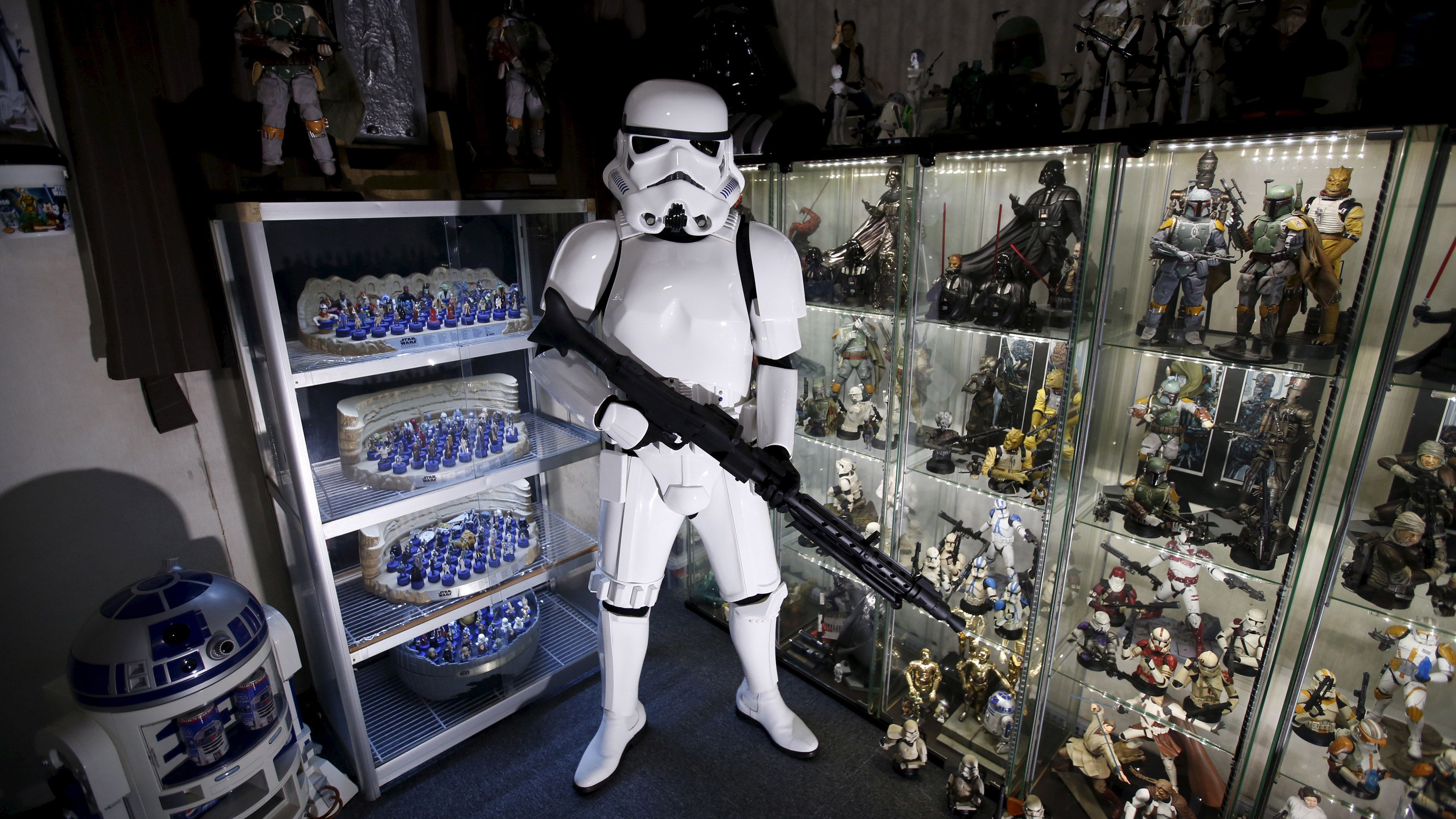17 December 2017 – My legal career has been as a digital media/telecom attorney, with a “minor” in antitrust. Now I am more of a journalist/writer/media producer. Yes, a bit of a freelance technology tart … juggling information technology, journalism, law, and digital publishing. I have been fascinated at the pace of “disruption” in the media/entertainment business. Sunday is “Media Day” for me when I try and catch up on the big stories for the week.
This week Disney struck a deal to buy 21st Century Fox for roughly $66 billion in a largely horizontal mega-merger, that would allow the two media companies to join forces against tech-turned-content giants Amazon and Netflix. What makes it horizontal? Both Disney and Fox both dominate the movie production businesses, own popular television channels and production units, as well as major stakes in the streaming service Hulu. By merging two industry competitors into one, the deal is likely to face hurdles from antitrust regulators as I enumerated in a memo to my media clients this weekend. But for my major antitrust points click here.
And it faces that old saw: mega-mergers like the Disney-Fox deal rarely succeed. This deal, the second-largest announced this year, is no exception to the risks of mega-mergers: Disney, a sprawling, close-to-100-year-old company with a distinct culture, will likely face challenges merging with Fox, a younger brand but one that is equally deep-pocketed. But Disney’s CEO Bob Iger believes that, by consolidating strong content production units and distribution channels, it would create more competition in the online streaming services market. The business justification? As consumers move to platforms, the deal would ultimately benefit consumers.
Yes, who could have guessed that the biggest headline for Disney this week wouldn’t be the new Star Wars premiere, but its acquisition of the bulk of 21st Century Fox’s film and television properties. Let’s drill down a bit.
Fox will hold onto its broadcast network, FS1 sports network, and its news division. The rest of the farm will go to Disney, including:
- Fox’s movie and television studios. As it is, last year Disney and Fox accounted for a whopping 40% of the movie tickets sold in the U.S.
- 22 regional cable sports networks, covering 44 professional teams across MLB, NHL, and the NBA. This adds to the cable sports dominance of Disney-owned ESPN, but may be the part of the deal that will draw the most scrutiny from government regulators.
- Fox’s slice of overseas networks including Sky of Britain, which reaches 23 million households across Europe, and Star of India whose 69 channels extend to 720 million viewers.
- Cable networks, including FX and National Geographic.
- Fox’s catalog of intellectual property, which includes the first Star Wars film, “A New Hope” released in 1977, comic book characters like the X-Men and the Fantastic Four, and a film library going back to 1935 including the highest grossing film of all time, Avatar.
- Fox’s stake in Hulu, which would give Disney 60% control over the subscription streaming service, the key play.
The spotlight-stealing deal highlights Disney’s preparations to go toe-to-toe with competitors Netflix and Amazon, using what the Washington Post’s Steven Zeitchik calls the weapon of scale. “Amass as much entertainment content as possible … then draw from it to populate an online streaming service,” writes Zeitchik.
That scale will make for tantalizing direct-to-consumer streaming options. First to come will be a revamped over-the-top ESPN service in 2018, and then a separate service in 2019 including the Disney, Pixar, Marvel and Lucasfilm libraries. Augmenting that will be original exclusives, likely to be the new focus of Fox’s TV production arm, plus whatever Fox content and intellectual property Disney decides to include. That could mean eminently streamable shows like The Simpsons, The X-Files, It’s Always Sunny in Philadelphia and How I Met Your Mother—series that have either never been available on other OTT platforms, or which would become exclusive to Disney’s service.
Disney’s OTT service will be starting from scratch, but a majority stake in Hulu, and access to its 15 million plus subscribers, could serve as a jumping-off point. Might Disney simply fold Hulu into this new service? What will Disney ownership mean for Hulu’s new live TV bundle? And might minority owner, Comcast, parent company of NBC, pull their own content from Hulu or take legal action to prevent Disney from making wholesale changes? Comcast has its own claim to Hulu’s subscription base, built as it was in part on Comcast content and investment.
Disney has its work cut out to catch up to Netflix, which added 5.5 million subscribers worldwide just in the third quarter of 2017, bringing its total viewership to around 110 million.
But with Disney controlling the most recognizable and beloved franchises on the planet, ones that turn out huge audiences to see them in theaters, Netflix has its own bit of catching up to do. Can an $8 billion annual bill for content deliver to Netflix a generation transcending hit like Star Wars? And that’s to say nothing of Disney’s existing global infrastructure of parks, consumer products and live experiences Netflix has not even begun to develop.
If the deal passes the sniff-test with (which many doubt considering the pushback to the AT&T-Time Warner merger), it will mark a strong statement on the transformative moves legacy companies need to make to stay competitive with Big Tech. It will take having the best available assets, as well as a robust platform to deliver those assets directly to the consumer.
Legacies must leap forward to transform and to forge ahead—or be left behind.
